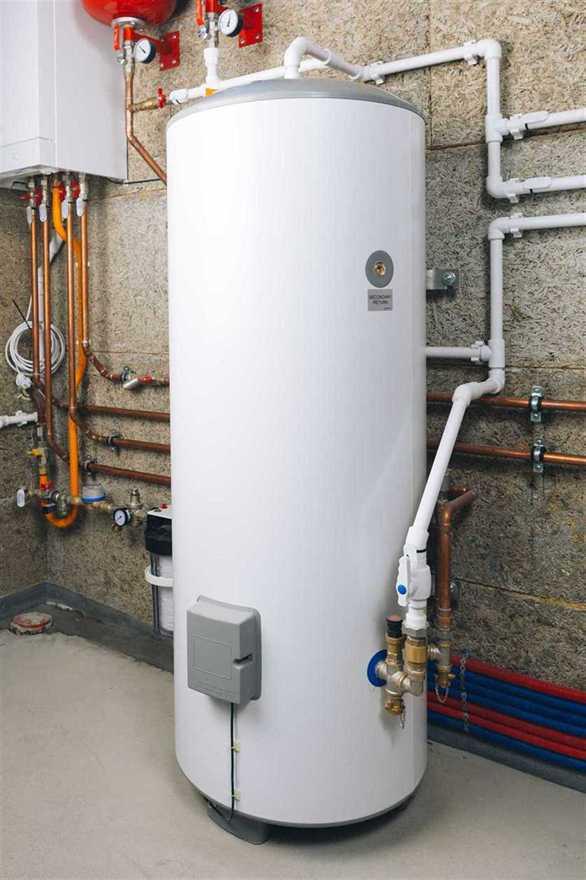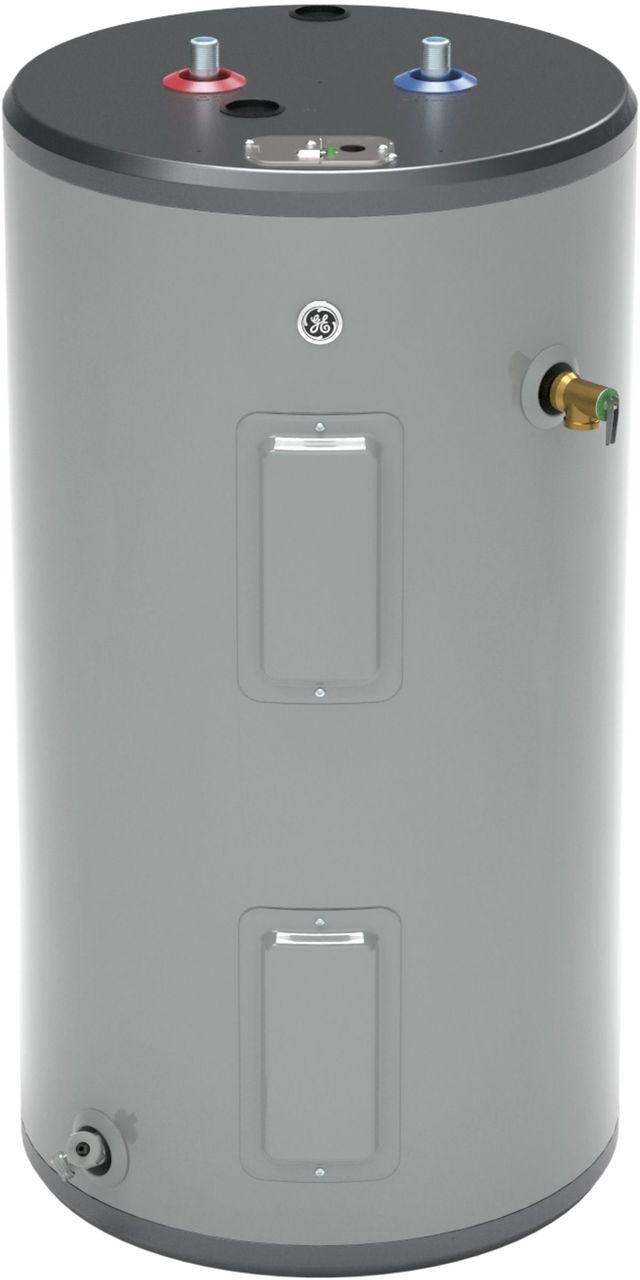Crucial Guidelines for Homeowners Confronting Issues with Broken Heating Units
Crucial Guidelines for Homeowners Confronting Issues with Broken Heating Units
Blog Article
Presented here below yow will discover some amazing additional info pertaining to How to Avoid a Broken Hot Water Heater.

Whether it is situated in the cellar or a different space, busted water heaters can cause stress. Having no hot water supply is likewise problematic.
Call the Plumber
After doing the very first 2 safety steps, you should call your plumber to come right away to repair a fractured water heater. There are typically indicators that your aging water heater has sediment build-up in the interior.
Don't await major flooding to call the plumber. Already, you will need to invest even more to restore your residential property. Rather, as quickly as you find these indications, have actually a specialist come to examine your hot water heater storage tank. Commonly, hot water heater have a life expectancy of about 8 to 12 years. With normal assessment as well as upkeep, you can extend its life.
Cut Off the Cold Water Supply
Cut off the containers tap water supply from the resource. When your container is in great problem, the cool water quits loading up when the tank is complete. If you can not find it or reach it, you need to transform off that main water supply line outside your building.
Shut Off Power Source
Prior to calling the plumber, turned off a gas water heater by transforming the temperature dial. This is generally located on top of the thermostat. If you have a model that operates on electrical power, turn off the circuit breaker. This will avoid electrocution, particularly if there is a leakage as water is a conductor. Typically, the heating element shuts off when the water hits a certain temperature level. With a busted storage tank, it might malfunction. Sufficing off guarantees you stay safe.
Clean Up Home
After calling the plumber, record damage by taking notes and photos so you can claim your homeowner's insurance policy. Get rid of any standing water to protect against mold and also mildew growth. If you have a completely submersible water pump, use that to drain pipes the water.
Bear in mind, if you observe any type of concerns with your water heating unit, call the pros right away. You can not take this problem gently because a malfunctioning thermostat can raise water temp to a precariously high degree, leading to accidental burns.
After doing the initial 2 safety and security steps, you must call your plumber to come right away to take care of a ruptured water heater. Rather, as quickly as you identify these indications, have actually a specialist come to examine your water heater tank. Before calling the plumber, closed off a gas water heating system by turning the temperature dial. If you have a submersible water pump, make use of that to drain the water. Remember, if you observe any type of problems with your water heater, call the pros right away.
8 REASONS YOUR HOT WATER HEATER IS NOT WORKING & HOW TO FIX
Water Heater Problems & Solutions
Loose or Damaged In-Line Valve
Unlike a water leak near the bottom of your water tank, a water leak on top of your system can be easily fixed. A common cause of water tank leaks includes a loose in-line valve. This is a handle that is located at the top of the water tank that is engineered to activate or deactivate the flow of water. To fix this problem, you will need to secure the nut that holds the ball or in-line valve in its location. If the leak becomes more severe once it is tightened, you will be required to travel to your local hardware store to purchase a new in-line valve for your water heater.
Damaged Pressure Relief Valve
Most types of water heaters are equipped with a pressure relief valve that is engineered to discharge pressure from the water tank when it becomes too high. If this valve on top of your water heater begins to leak, we recommend purchasing a new one online or from your local store. The process of removing and replacing pressure relief valves is not complicated.
No Warm Water
If you have an electric water heater in your home, the most typical cause of a lack of warm water is a broken heating element. Your water heater is equipped with two heating elements that are tasked with heating incoming water in the water tank. Once a heating element begins to malfunction, you will have little to no hot water to use for showering, cleaning, and laundry.
Low Supply of Hot Water
Are you continuously running out of warm water? This issue may be a byproduct of a cracked dip tube. This tube is engineered to push cold water to the base of your water tank to be heated. Once a crack or hole begins to form in the dip tube, the incoming supply of cold water may be released near the top or middle of your tank. As a result, the cold water on top of the tank will be sent to the faucets and showers in your house. This hot water heater problem can only be fixed by replacing the dip tube on your system. Since the process of installing a new dip tube is complex, we recommend calling a certified technician for help.
A low supply of warm water may also be a signal of excess sediment buildup in your water tank. As your water heater reaches the middle of its life cycle, minerals in water including magnesium and calcium will begin to collect at the base of the water tank. As the minerals continue to grow, there will be less room in the water tank to store hot water. To resolve this problem, flush your water heater to remove the excess minerals.
Water is Too Warm or Cold
If the water in your shower feels uncomfortable hot or cold, you can adjust the temperature of your water by changing the settings on your thermostat. Setting the temperature to 120 degrees Fahrenheit may help you save money on your utility bills. This is an excellent temperature to use if you’re worried about scalding or skin irritation. Does this temperature feel too cold? You may also adjust the thermostat to 140 degrees Fahrenheit to make your showers more pleasant. If your hot water heater is not working when you change the temperature, this is an indicator of a broken thermostat. Immediately find a certified plumbing or heating contractor in your area to repair or replace your thermostat.
Low Water Pressure
Low water pressure is not always caused by a malfunctioning water heater. If you live in an older home with smaller water pipes, the flow of water will be restricted prior to reaching our kitchen or bathroom skins. The only way to eliminate this hot water heater problem is to connect new ¾-inch water lines to your system. Another type of problem that may negatively impact your water pressure includes calcium deposits in water pipes.
As magnesium and calcium begin to form in your pipes, the diameter of your water lines will become smaller. As a result, the warm water from your water heater will not be able to travel in an efficient manner to your sinks or appliances. Since the process of replacing water pipes includes removing drywall, an average homeowner that does not have a plumbing license will not be able to fix this hot water heater problem.
https://www.wmhendersoninc.com/blog/8-reasons-your-water-heater-is-not-working-how-to-fix/

Do you really like reading up on Maintaining & Draining a Water Heater? Try to leave feedback directly below. We will be interested to hear your suggestions about this review. We are looking forward to see you back again in the future. Sharing is good. Helping others is fun. Thank you so much for your time spent reading it.
End your worries, dial! Report this page